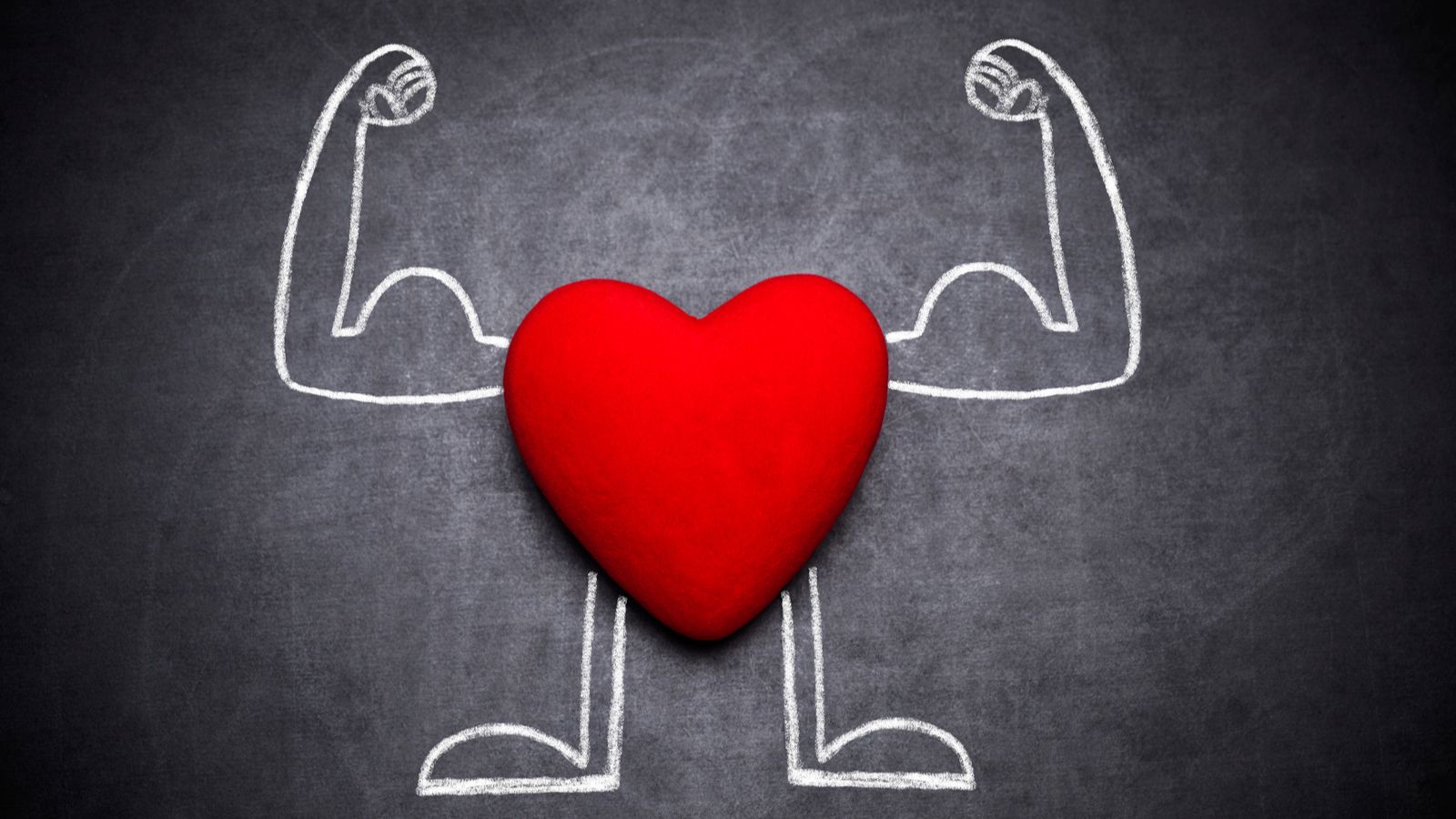
The best online fitness resource you'll ever need. We filter out the BS to ensure you meet your health and fitness goals!

The best online fitness resource you'll ever need. We filter out the BS to ensure you meet your health and fitness goals!

What’s the difference between a pound of fat vs a pound of muscle?
It’s not a trick question. I promise you. Have a little think. You’ve probably asked yourself this question before. Or at the very least seen an Instagram post showing you a picture of a pound of fat next to a pound of muscle.
It would be understandable if you thought a pound of fat weighed more than muscle. But, there’s in fact no difference between the two. A pound is still a pound. But a pound of muscle occupies less space than a pound of fat. In fact, it occupies about one-fifth of the space of fat but weighs the same. It’s incredibly dense. Put two people who are the same height and width and who wear the same size clothes next to each other, but one is made up primarily of muscle and the other has a higher body fat percentage, the Adonis will weigh more than his skinny fat compadre. Because of all that dense muscle mass.
So, is that where the differences end? One can bench more than the other?
Well, not quite.

Whether you are active or sedentary your body will burn calories. A calorie is a unit of energy. Every activity from keeping you breathing whilst you put your feet up to watch TV to running an ultramarathon burns calories. It’s just that the more active you are the more calories you burn.
Muscle, as I’m sure you have heard, is known to be more metabolically active. Which is a fancy way of saying the more you have it, the more calories you burn at rest. If we take our Adonis and his friend again, if they both sat down to watch the game together, Adonis will burn more calories during those 90 minutes of watching TV than his buddy. Because he’s more jacked.
But how many calories is that, exactly? How many calories are in a pound of muscle?
Some websites would have you believe that every pound of muscle you put on will burn you an extra 50 calories each at rest. Whilst that’s appealing, it’s not quite true. Firstly, because the caloric burn is incredibly individual there are no exacts with these figures. And secondly, it’s been shown that it will actually net you more like an extra 10 calories on average per pound at rest.
Disappointing? Sure. But that doesn’t mean we should stop looking at muscle building as an important tool for health gains and fat loss. Working on building muscle will continue to burn additional calories and raise our heart rates to ensure we are working on becoming the healthiest versions of ourselves. A lower contribution to the metabolic rate at rest is not an excuse to stop putting the time in at the gym.
Stepping away from worrying about how many calories are in a pound of muscle or comparing a pound of muscle and a pound of fat, let’s reframe the conversation onto a non-exhaustive list of additional health benefits of increased muscle mass.
Calorie burn is not everything. It’s useful. But it’s not everything. There are allegedly around 3500 calories in a pound of fat. Any additional increase in muscle mass and metabolic activity is great because you’ll be offsetting against the stored energy in your body fat. No matter how small of an offset, it’s a positive move. The less body fat you have and the more muscle mass you accrue, the leaner you look.
However, simply looking good is not the only benefit to increased muscle mass. There are numerous health benefits to resistance training and building muscle.

Diabetes is the body’s inability to reduce the glucose that is transported in the blood. Constant high levels of blood sugar can cause a number of serious health problems over time. Whilst type-1 diabetes is not linked to age, inactivity, or being overweight, type-2 diabetes is often brought on by these things over time.
A sedentary lifestyle and a high body fat percentage can impact the body’s production and sensitivity to the hormone Insulin, which is what transports glucose out of the bloodstream and into the muscles cells to produce energy. The more muscle mass a person has, the more sensitive the body is to insulin. Over time, type 2 diabetes can be avoided, managed, or even put into remission via resistance training. Type-1 diabetes, whilst not reversible, can be managed this way.
Sarcopenia is a progressive deterioration of muscle mass, usually as a result of old age. The older we get, the less we tend to move and the more our muscle mass atrophies. This can lead to us needing to be cared for more the older we get. Resistance training into our retirement years can slow down the progression of sarcopenia. Meaning we can lead a more active life right into our twilight years.
Osteoporosis is an adjacent condition. Effectively it’s the weakening of our bones and resistance training is imperative if we want stronger, healthier, bones for longer. Strength training sends signals to our bones to tell them to build stronger cells. Stronger bones, and a stronger body in general, reduce our chances of being injured when we fall. Something that is important the older we get.
A stronger body has also been shown to lead to a stronger mind. Multiple studies in older adults have shown that those who engage in resistance training have been observed to have higher cognitive functions. So, whilst not every day can be an arm day, you’ll always be chasing those brain gains.
Finally, a stronger body can lead to a stronger heart. Regular resistance training can decrease blood pressure, lower your total levels of bad cholesterol and generally improve the blood circulation around your body. It does this by strengthening the heart itself and the blood vessels. Whilst it might seem obvious that this is a positive thing, it becomes more so the older we get. As we age we have been observed to become more sedentary, but putting in place these positive practices now can help us to avoid any unexpected health problems in the future.

When it comes to comparing pound of fat vs pound of muscle, the scale itself doesn’t even begin to tell half the story. And even though the myths themselves don’t really hold up, it’s hard to argue that there are just many more positives to carrying around a pound of muscle over a pound of fat.